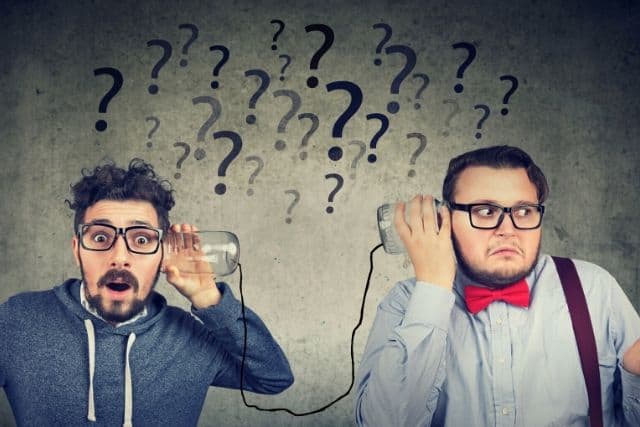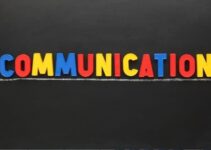What is Business Communication?
For a business to run well they have to be proper communication. Without proper communication, things are unlikely to go well. So, what is communication? Communication has numerous definitions but simply put communication is the sharing of information, it is the giving and receiving of messages and finally the transfer of information from one person or more to one or more persons.
For communication to take place a sender/encoder comes up with the message and sends it through a medium/channel to the receiver/decoder who decodes and processes the information before giving feedback, again through a medium. In an organization communication is necessary for;
- Exchange of ideas and information
- Drafting of proposals and plans
- Communicating and execution of decisions
- Receiving and processing orders
Types of Communication
Communication is carried out formally or informally and can be verbal or non-verbal.
1. Formal Communication
Formal Communication is done in a professional manner. This type of communication is mostly used in an office setting, during cooperate meetings and conferences. Proper titles of those you’re addressing is a must here.
2. Informal Communication
Informal Communication is the opposite of formal communication. Here people are less adherent to protocol and can engage in a casual manner. Authority lines are not followed and people can use slang, refer to each other without using job titles, etc. Due to the casual manner, people engage it is good for building relationships.
3. Verbal Communication
When passing information verbally you pass it by word of mouth or in writing. Communication experts say when using verbal communication Keep It Short and Simple(KISS).
4. Non-Verbal Communication
This means that the person communicating with you is using body language, posture, facial expressions, gestures, etc. For example, the tone of voice is a non-verbal clue indicating whether an individual is angry or not. Always watch the body language of a speaker it will communicate a lot.
Communication Barriers
Now that we understand the types and delivery of communication let’s have a look at some of the barriers to communication. Barriers are many and can occur anywhere in the communication process. The key barriers are;
1. Language Barrier
The language used by the sender may not be understood by the receiver. Also, the two-people communicating may speak the same language but the jargon used to pass the information may breakdown communication if the receiver doesn’t fully understand it. For example, if an expert uses industry terminology while communicating to an intern he/she will not be understood because they are yet to learn the terminology.
2. Emotional Barriers
The state of mind of the communicators can hinder the delivery of information. If the receiver is having issues they are likely to be less attentive, which could lead to poor communication. The mental state of the sender and receiver influences how the message is received, perceived, and sent.
3. Physical Barriers
The environment one is in determines how good communication is. If a receiver of a message is in a noisy place he is unlikely to hear what message is being conveyed. Vice versa if an encoder at a musical concert he cannot pass information clearly. Geographical distance also is a barrier to communication.
Generally, communication is faster over a short distance as many communication channels are available and less technology is required. If you are to send a message to a person in Antarctica this may prove difficult as mobile communication is unavailable or poor. Face to face communication is best as both are in the same place.
4. Systematic Barriers
In an organization, communication may be barred because they are no channels to communicate amongst themselves. For example, a junior employee may not be able to access the company CEO because no measures have been put in place to allow for that. Systematic barriers exist in organizations with inefficient communication channels.
5. Taboos
Communication may be hinder because some topics are not open to discussion. Taboo topics may include, religion, sexuality, and sex, politics, disabilities, etc.
The major effect of communication barriers is that they lead to information becoming distorted. The message will not be received exactly as it was intended. The sender must, therefore, follow up and seek feedback from the receiver to ensure the message is clearly understood.
Failure to ensure that the message was received as it was intended will lead to misunderstandings and conflict between the communicating parties. Once a conflict arises a total breakdown of communication may occur because parties will be talking at each other and not to each other.
To ensure the impact of barriers is not felt active listening, reflection on message, and seeking clarification must be practiced. Also, be aware of the barriers to effective communication and how to avoid them will help.
Conclusion
As you can see communication is very crucial in an organization. Poor communication leads to bad decision making and overall poor business. Good communicators must, therefore, be aware of barriers and work to overcome them to ensure clear and concise delivery of messages. Now go ahead and be a good communicator!






